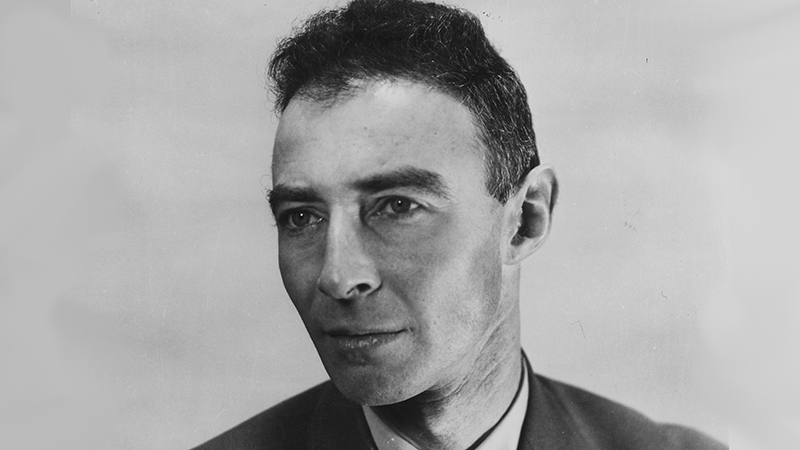Every week we spotlight techonomic happenings on the Web and beyond, picking people, companies, and trends that exemplify tech’s ever-growing role in business and society. Here’s what’s got our attention.
1. Can Tech Reverse Species Extinction?

The passenger pigeon became extinct in 1914, though not long before it flew in flocks that could number in the billions (yes, with a “b”). But a group of scientists has teamed up with tech visionary Stewart Brand in spearheading an effort to bring the species back to life. The so-called de-extinction project could reanimate long-lost species like the woolly mammoth and even mitigate environmental threats like melting permafrost, according to some. A lab at the University of California, Santa Cruz, has become the locus for Brand’s “Revive & Restore” project. But some conservation biologists consider de-extinction a fantasy at best, and a menace to the environmental movement at worst. Says one ecologist, “De-extinction suggests that we can technofix our way out of environmental issues generally, and that’s very, very bad.”
2. Immigration Reform Could Help Boost New York’s Tech Sector
Techonomy is bullish on STEM education, and we’re not the only ones. According to the New York Technology Council (NYTECH), offering more and better STEM education is central to building a competitive tech workforce in NYC. But NYTECH President Erik Grimmelmann thinks attracting top talent from abroad is also a top concern. That’s why he’s urging Congress to enact immigration reform that creates more visas for those with tech skills, including U.S. educated foreigners graduating with advanced degrees in STEM fields and foreign entrepreneurs. Grimmelmann concedes that immigration reform can only happen on a national level, but he is urging New York Mayor de Blasio to back his recommendations.
3. Facebook Drones Could Help Bring the Internet to Everyone

Reports that Facebook may buy solar-powered drone maker Titan Aerospace prompted speculation about why the social network is friending unmanned flight. On the heels of Mark Zuckerberg’s recent onstage conversation at the Mobile World Congress with Techonomy’s David Kirkpatrick, where he promoted his Internet.org initiative to bring the world online, the deal suggests plans to blanket the world with drones to connect people to the Internet. Google launched a related pilot program last summer using solar-powered helium balloons. It remains to be seen how other nations feel about having Facebook drones, however benevolent, in their airspace.
4. Energy Saving LED Street Lights Double as Wireless Transmitters
Smart street lighting is illuminating the way to a more connected and energy-efficient future. A joint project of Ericsson and Philips, Zero Site is an LED streetlight that doubles as mobile broadband infrastructure, increasing a city’s connectivity without adding clutter. Zero Site proponents say that by replacing traditional lamps with LED lighting, the initiative can also boost a city’s energy savings by up to 80 percent.
5. Can Wind Farms Blunt a Hurricane’s Force?

Hurricanes may someday no longer threaten coastal cities, thanks to new wind-farm technology that could slow wind speed and diminish wave size. So says a study published last week in Nature Climate Change. The research was conducted at Stanford University, which used 78,000 turbines to simulate a mega-farm that generated 300 gigawatts of electricity. According to the study, such mega-farms have the power to extract destructive energy from storms, cutting peak wind speeds in a disaster like Hurricane Katrina by up to 98 miles per hour.
Techonomic Top 5: Reanimating the Woolly Mammoth, Facebook Drones, and more
The passenger pigeon became extinct in 1914, though not long before it flew in flocks that could number in the billions (yes, with a "b"). But a group of scientists has teamed up with tech visionary Stewart Brand in spearheading an effort to bring the species back to life. The so-called de-extinction project could reanimate long-lost species like the woolly mammoth and even mitigate environmental threats like melting permafrost, according to some.















